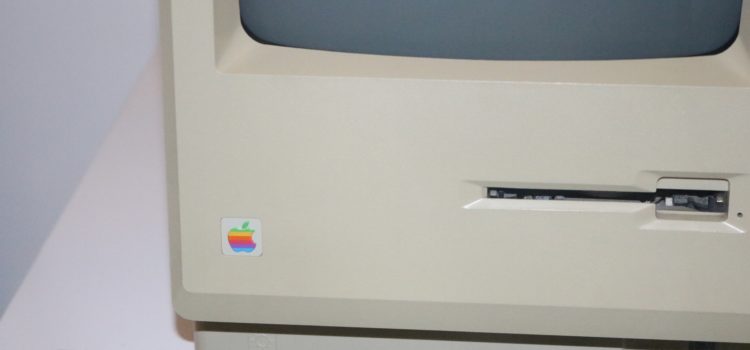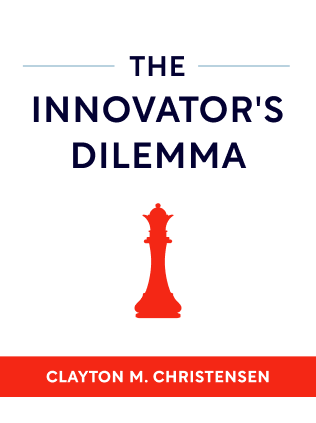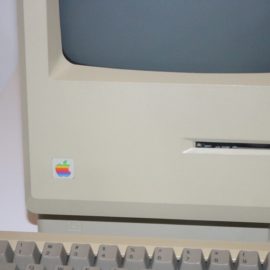

This article is an excerpt from the Shortform summary of "The Innovator's Dilemma" by Clayton M. Christensen. Shortform has the world's best summaries of books you should be reading.
Like this article? Sign up for a free trial here .
How does disruptive innovation work? What is it that makes an innovation disruptive?
A disruptive innovation can open a new market you didn’t know existed. How does disruptive innovation work? By being the first to do something new and taking over the new market.
Read on to answer the question, “how does disruptive innovation work?”
Overview: How Does Disruptive Innovation Work?
Disruptive innovations disrupt the performance improvement trajectory. How does disruptive innovation work for existing customers? These technologies don’t appeal to existing customers—instead, they open up an entirely new market.
Disruptive innovations take many forms: Some are technologically advanced, while others are simple reconfigurations that offer new features. Some disruptive innovations invade markets like wildfire, while others take years or decades to take hold. No matter what the disruptive innovation is, entrant firms—or startups—almost always become the dominant forces in producing and selling it.
How does disruptive innovation work? The graph below provides a visual depiction.
Pioneers Versus Late Adopters
When an innovation emerges in an industry, a company’s decision about whether to lead or follow the trend plays a critical role in its fate.
On one hand, pioneers can reap the rewards of first-mover advantages, which allow the company to build brand recognition and customer loyalty before other firms enter the market. On the other hand, followers can avoid costly missteps by waiting to enter a market until the pioneers have encountered and resolved early issues.
Research shows that companies that pioneer sustaining technology have no early learning advantage or any other substantial benefit over the companies that follow later.
However, companies that pioneer disruptive technology in emerging markets perform significantly better in the mid- to long-term than late adopters. For example, the first disk-drive companies to adopt thin-film technology averaged $1.9 billion in revenues during an 18-year period, while the late-adopting companies averaged only $64.5 million.
Late adopters delayed in order to minimize their market risk—entering an emerging market with an unproven technology—but the tradeoff was increasing their competitive risk—the threat of facing fierce competition if they entered the market later.

———End of Preview———
Like what you just read? Read the rest of the world's best summary of Clayton M. Christensen's "The Innovator's Dilemma" at Shortform .
Here's what you'll find in our full The Innovator's Dilemma summary :
- Christensen's famous theory of disruptive innovation
- Why incumbent companies often ignore the disruptive threat, then move too slowly once the threat becomes obvious
- How you can disrupt entire industries yourself






